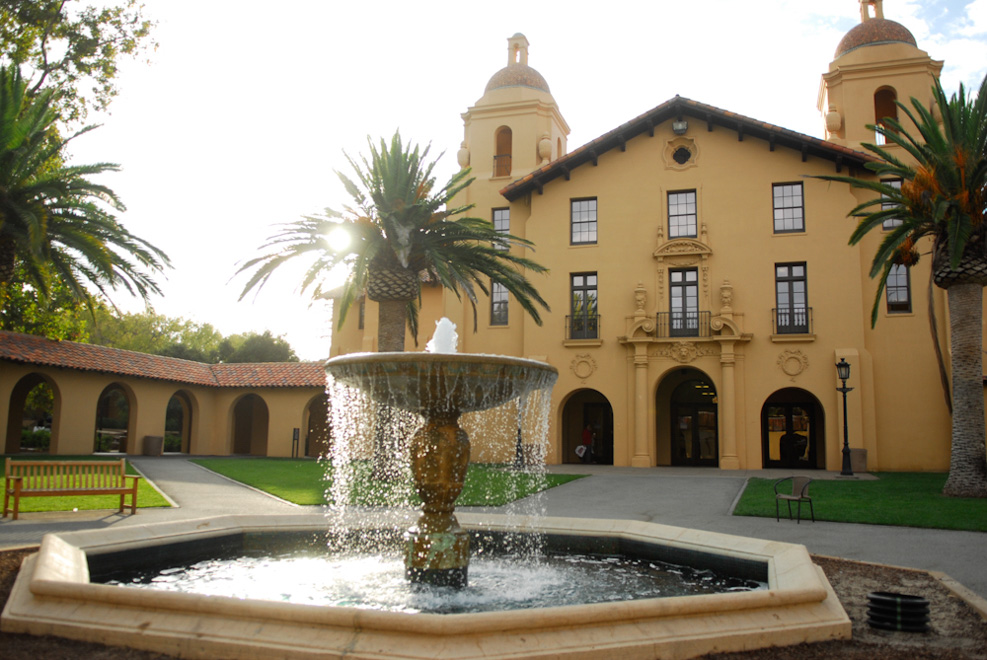This article is the third in a four-part series on the University’s Long-Range Planning efforts.
As part of Stanford’s Long-Range Planning (LRP) process, the Inclusion, Diversity, Equity & Access in a Learning Community (IDEAL) initiative has begun efforts to improve faculty and graduate student diversity after spending fall quarter establishing its goals.
Improvements such as enhancing the faculty incentive fund for recruiting faculty diversity are already underway, Provost Persis Drell told The Daily. The initiative is also working to create dashboards that will allow the Stanford community to monitor IDEAL’s progress.
“Last year was an outstanding year in recruiting diverse faculty, both in terms of ethnic diversity and gender diversity in STEM fields,” Drell said. “The School of Engineering’s recruitment of female faculty has been ramping up and we’re trying to enhance that.”
IDEAL, outlined by President Marc-Tessier Lavigne in May 2018 and directed by Drell, is one of the largest initiatives to have emerged out of the LRP process. In an effort to expand on the work of existing programs like the Diversity and First-Gen Office, Drell said, the purpose of IDEAL is “execution,” something previous task forces have lacked.
“It was clear from the thousands of responses we got that issues around inclusion, equity, and diversity were very prominent in the minds of our community, and that we could do better,” she said.
IDEAL’s vision is to support and create an inclusive environment for all members of the campus community, rather than function as a rule-making body, according to Drell.
“At a university, mandating things is not a really good strategy,” she said. “If we mandate all students to take a particular course, they become incredibly creative in avoiding it. But if we offer a really great course, like CS106A, then all the students want to take it. So that’s the strategy we’re trying to implement.”
“IDEAL is a project and carries a project mentality,” Drell added.
IDEAL comprises four sub-areas: recruitment, engagement, research and education. Recruitment and Research are the two areas where IDEAL will roll out improvements first, while the results of the work the Engagement and Education sections of IDEAL produce will come a bit more slowly.
The recruitment subdivision, led by Vice Provost for Graduate Education Patricia Gumport, aims to cultivate a diverse cohort of students and faculty in all areas. The engagement subdivision, led by Vice Provost of Student Affairs Susie Brubaker-Cole, is working to ensure Stanford is an inclusive and validating environment and retains talent in a diverse community. The research subdivision, headed by IDEAL deputy director and dean of the Graduate School of Education Dan Schwartz, seeks to gather data on stereotyping and implicit biases on campus to aid IDEAL in its recruitment and inclusivity efforts. The education subdivision, led by IDEAL deputy director and Vice Provost for Undergraduate Education Harry Elam, is working to ensure that the education the university provides is respectful and supportive of a diverse community.
Each of IDEAL’s four subdivisions consists of subteams — the recruitment subdivision, for example, involves separate teams with different approaches to faculty recruitment, undergraduate recruitment and graduate recruitment. IDEAL also contains budget, legal and communications support teams and employs various liaisons to each of Stanford’s schools, most of whom are senior associate deans.
For Drell, IDEAL’s structure enables each of its teams to learn from each other.
“We do a great job of building a beautifully diverse undergraduate class,” Drell said. “How can we take those lessons and apply them to graduate school recruitment?”
Drell also highlights the importance of the liaisons, who share the best diversity practices of each school with the rest of IDEAL.
“What can we learn from the School of Medicine, who’s been doing a great job with recruiting diverse faculty, and how can those lessons help the GSB?” she said.
For Drell, improving diversity of thought, approach and background is crucial to “the future success of the institution.”
“For me, I personally wanted to lead IDEAL because it address an area where, if we look to the future, for Stanford to remain a leading university, Stanford has to do better in this area,” Drell said.
Contact Sean Lee at seanklee ‘at’ stanford.edu.
